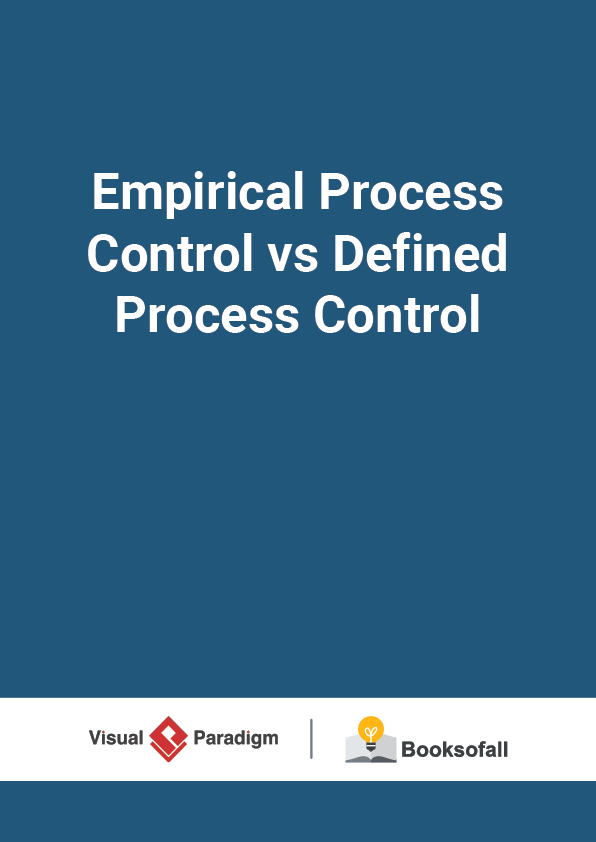Heartbeat of Scrum – The Daily Standup
4-6 minutes
The “ daily scrum ” is one of the important event for monitoring the heartbeat of your scrum project and is a “good habit” for your team. The daily standup is one of the most valuable practices that any Scrum team should have. The purpose of the daily scrum is to increase the team’s communication and focus by answering 3 questions:
- What have I accomplished since the last meeting?
- What do I plan to do for the next meeting?
- What impediments are in my way?
When teams don’t hold a daily standup meeting, the team risk losing the communication, focus and momentum of a team necessary to build the right product with the appropriate quality on time. Oftentimes, teams will have all kinds of excuses for avoiding the daily stand up meetings. The daily scrum, however, makes teams more successful because it is the smallest feedback loop embedded into the Scrum Sprint , just like you having exercise every day for 5 mins. It’s a good daily habit to make and will pay off in the long run.
What is Scrum Daily Standup?
The Daily Standup meetings ( also referred to as the stand-up, morning rollcall or “daily scrum) are usually time-boxed to between 5 and 15 minutes, and take place with participants standing up to remind people to keep the meeting short and to-the-point. The meeting should take place at the same time and place every working day. All team members are encouraged to attend, but the meetings are not postponed if some of the team members are not present. One of the crucial features is that the meeting is a communication opportunity among team members and not a status update to product owner , or stakeholders.
Daily stand up meeting Scrum Daily Standup Meeting Template
As a scrum master of the scrum meetings, it’s useful to have a template for the meetings. Please find below a simple templates below.
Goal
- Everyone is aware what’s happening, impediments are clear and written down, new backlog items are created
Format
- Participants:
- Scrum master
- Team members
- Optional: Product owner, other stakeholders
- Scrum task board is visible for everyone
- Standup meeting means that everyone stands up!
- Duration: 15 minutes
Agenda
- 15 Minutes time to focus on the 3 questions:
- What have I done since the last scrum meeting (yesterday)?
- What will I do till the next meeting (tomorrow)?
- Are there any impediments (that prevent the stories getting done today)?
- Issues are not solved during the daily scrum – those can be discussed after the meeting
- If someone is missing – another team member substitutes him
- Add impediments to the impediments backlog
Additional information
- Focus on the time frame – if there are long discussions – discuss it after the daily scrum or organize a separate meeting.
- The team does not report the scrum master – it’s a discussion, not a reporting.
- Members are talking to each other’s, not to the product owner or scrum master.
- What to do when a member is too late? – Tips: one coin into the piggy bank which will be donated for some drink for the team.
- Team members do the work – it’s not the scrum master who is updating tasks, burndown charts or whatever.











